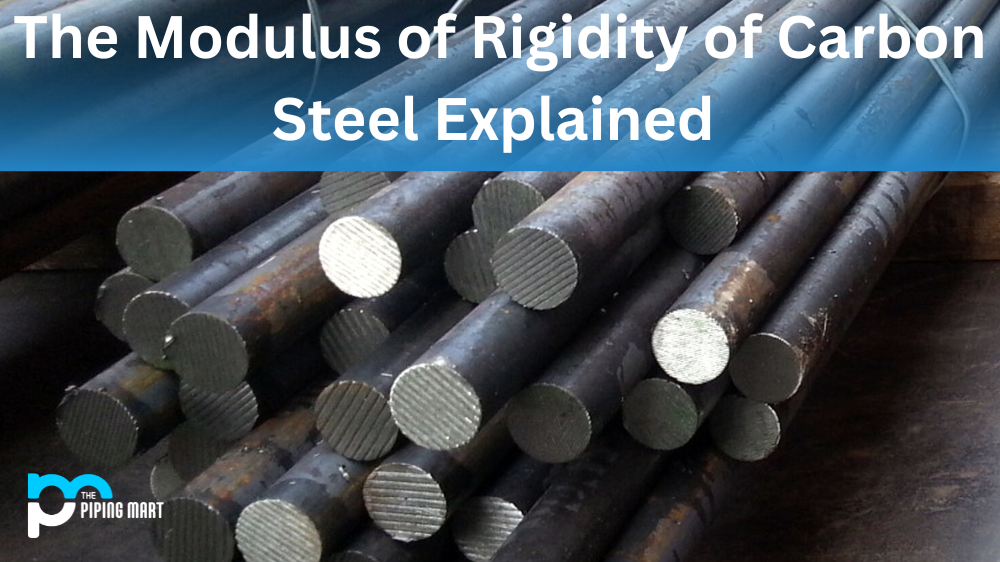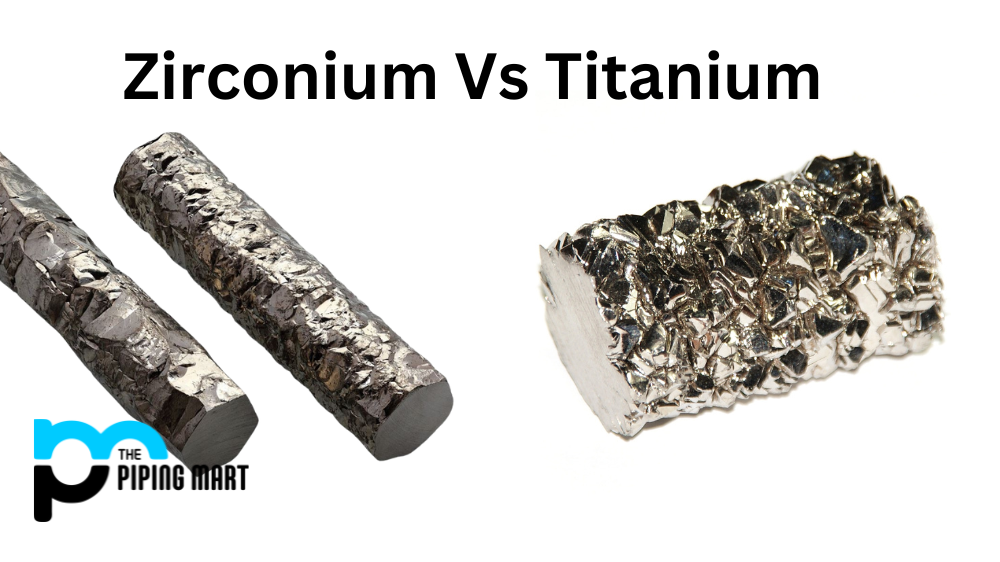The modulus of rigidity, or shear modulus, is a property that measures the stiffness of a material when it is subjected to a shear force. This property is particularly important for materials used in construction applications and other engineering projects. In this blog post, we will take a look at the modulus of rigidity of carbon steel and what it means for its use in engineering projects.
What is Carbon Steel?
Carbon steel is a metal alloy made primarily of iron and carbon atoms. It also contains small amounts of manganese, phosphorus, sulfur, and silicon. Carbon steel has many applications due to its low cost, high strength-to-weight ratio, durability, and resistance to corrosion. It is commonly used in the automotive industry and in construction applications such as bridges and buildings.
The Modulus of Rigidity
The modulus of rigidity (G) measures the stiffness of a material when it is subjected to a shear force. It indicates how much stress needs to be applied before the material deforms significantly under shear loads—in other words, how stiff the material is when it’s bent or twisted. The higher the value for G, the more resistant the material is to deformation under shearing forces. For carbon steel, G ranges from about 10 GPa (gigapascals) to about 50 GPa, depending on its composition and heat treatment process.
Why Is Knowing G Important?
Knowing G helps engineers select project materials based on their expected performance requirements. For example, if an engineer needs a material with high stiffness under shearing forces but also needs it to be lightweight and corrosion-resistant (as might be required for an aircraft component), carbon steel would make an excellent choice since it has relatively high G values while also being light and corrosion-resistant. Conversely, suppose they need something that can resist extremely large shearing loads (as might be required for heavy machinery components). In that case, they may opt for another material instead since carbon steel’s G values are limited by comparison.
Conclusion:
In conclusion, understanding the modulus of rigidity is important for selecting materials for engineering projects based on their expected performance requirements. Carbon steel has medium-high values for G, which makes it suitable for applications where weight savings and corrosion resistance are important factors, but extremely large shearing loads must still be resisted. As such, knowing G can help engineers select materials that meet their project’s performance demands while remaining lightweight and cost-effective at the same time.

Pipingmart is B2B portal specializes in industrial, metal and piping products. Also, share latest information and news related to products, materials and different types grades to help business dealing in this industry.




